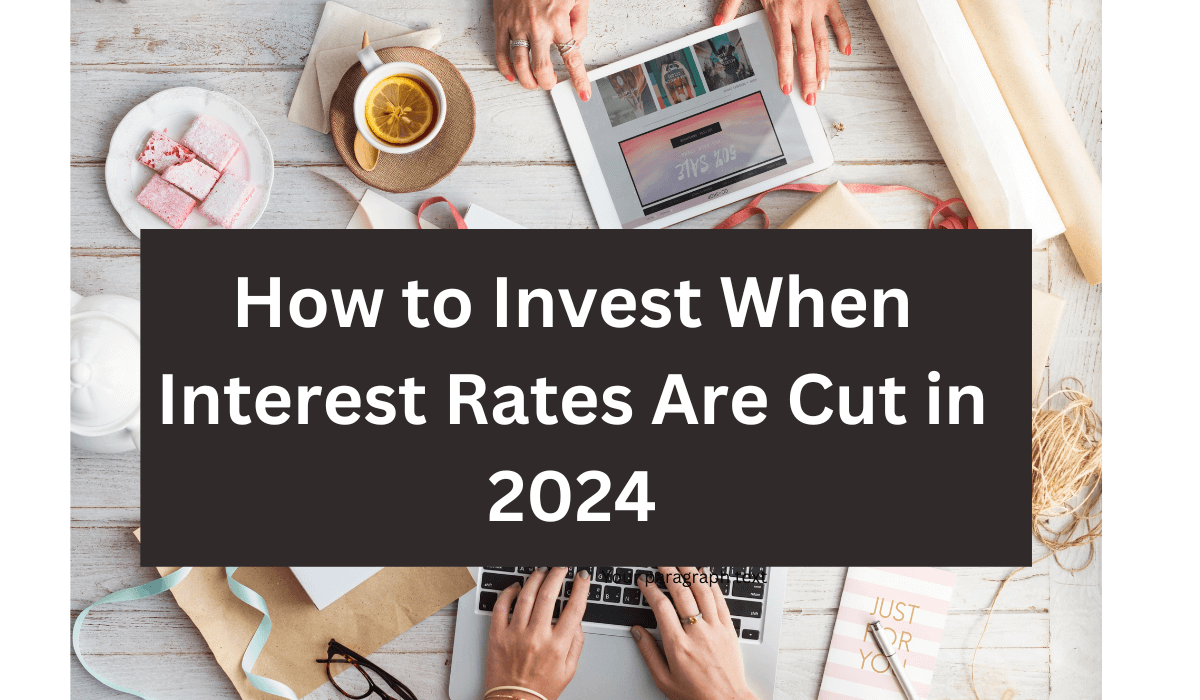
In March 2022, under the stewardship of Chair Jerome Powell, the Federal Reserve embarked on a strategic initiative involving a series of interest rate increases to counteract the looming threat of post-pandemic situation to the economy. Regrettably, inflation proved to be a resilient and persistent force. Over the subsequent period, the Federal Reserve executed 11 rate hikes, prompting a corresponding response from banks and other creditors. This response manifested in heightened rates across diverse financial instruments, ranging from credit cards to personal and business loans, extending to residential and commercial mortgages. Concurrently, the rates payable by governments and corporations for borrowing funds through bond issuance experienced a significant surge.
Approximately two years later, the impact of these heightened rates appears to align with the desired outcomes. Following its peak at a year-over-year inflation rate of 9.1% in June 2022, the most recent reading descended to 3.1% for November. While this figure still exceeds the Federal Reserve’s targeted 2%, it is evident that substantial progress has been achieved.
Policy of escalating interest rates
Despite robust economic growth and prolific job creation, the apparent trajectory is that inflation is gradually diminishing. The Federal Reserve, since July, has strategically paused its policy of escalating interest rates. On December 13, indications from the Federal Reserve suggested a prospective initiation of rate cuts in the coming year, with at least three potential reductions anticipated in 2024. As of the current writing, the CME FedWatch Tool indicates market expectations for the inaugural cut at the Federal Reserve’s meeting on March 20 next year.
Rate reductions, diverging from rate hikes, necessitate a nuanced approach to investment. The following are key investment considerations when interest rates inevitably commence their descent:
Investment Avenues for Consideration:
High-Yield Investments:
Conservative savers with an income-oriented focus may contemplate securing prevailing high rates through strategic investments in certificates of deposit (CDs) or government bonds. Diligent exploration often reveals 12-month CDs offering a significantly higher annual percentage yield (APY) than the 5% benchmark. CD depositors forego withdrawal privileges during the CD’s term, but they typically accrue superior returns compared to savings or money market accounts. Importantly, their principal remains shielded from fluctuations in the stock or bond markets._
The precise peak of rate escalation is unpredictable. However, for those who align, as many experts do, with the notion that the rate cycle is either at or in close proximity to its zenith, and value guaranteed, predetermined rates of return, exploring a CD or a government bond is deemed a prudent consideration.
Bond ETFs:
Bonds, classified as fixed-income securities, exhibit a tendency to depreciate during periods of rising rates and appreciate during declining rates. Anticipatedly, bond exchange-traded funds (ETFs) have witnessed suboptimal performance in recent years amid escalating rates._
Without making definitive predictions on the timing of impending rate reductions, a reasonable inference would suggest that if rates are poised to diminish, bond funds are poised to ascend. A bond ETF serves as a convenient vehicle for investing in a diversified portfolio of corporate or government bonds, or a blend of both.
Vanguard Total Bond Market ETF (ticker: BND), boasting $102 billion in assets, ranks among the largest bond ETFs. With its modest 0.03% expense ratio and the prevailing interest-rate projection, BND is attracting significant attention from retail and institutional investors. BND invests in a broad selection of investment-grade bonds with a minimum maturity of one year, featuring a 12-month yield of 3.08%.
Investors preferring the comparative security of government issues might consider the iShares 20+ Year Treasury Bond ETF (TLT), focusing on long-term government securities, or the SPDR Portfolio Short Term Treasury ETF (SPTS), concentrating on short-term bonds. It is crucial to note that long-term bond ETFs tend to undergo more pronounced fluctuations – both upward and downward – with the interest rate market.
7 Best Money Market Funds to Buy for Safety in 2024
Preferred Stock:
Preferred stocks, distinct from bonds, are nevertheless income securities with characteristics that render them attractive during periods of falling rates. Notably, they exhibit an inverse correlation with the overall direction of rates, indicating that, similar to bonds, preferred stocks generally ascend when rates fall._
A preferred stock trades akin to common stock, though investors in preferred securities relinquish voting rights. Instead, they gain augmented dividend income and preferential treatment in instances of company default or bankruptcy. This categorizes them within the fixed-income investment realm, a category that has demonstrated resilience during declining rates.
Issuing Company
The value and dividends associated with preferred stocks hinge on the caliber of the issuing company. There are both investment-grade preferred stocks and “junk” preferred stocks. Investors intrigued by the income and capital appreciation prospects of this asset class might opt for a professionally managed mutual fund or preferred stock ETF instead of attempting autonomous selection.

The First Trust Preferred Securities & Income ETF (FPE), an actively managed ETF with $5 billion in assets, serves as an illustration of a popular preferred ETF. Concentrating on securities from the banking, insurance, and energy sectors, it offers a yield of 6.24%. Another instance is the Nuveen Preferred Securities & Income Fund (NPSAX), an open-ended mutual fund investing in preferred stock with a yield of 5.74% and assets totaling $4 billion.
REITs:
In a scenario where interest rates are diminishing, securing dependable, routine income investments becomes more challenging. This circumstance proves advantageous for high-quality real estate investment trusts, or REITs._
_Strictly speaking, REITs do not qualify as fixed-income securities; their dividends.





